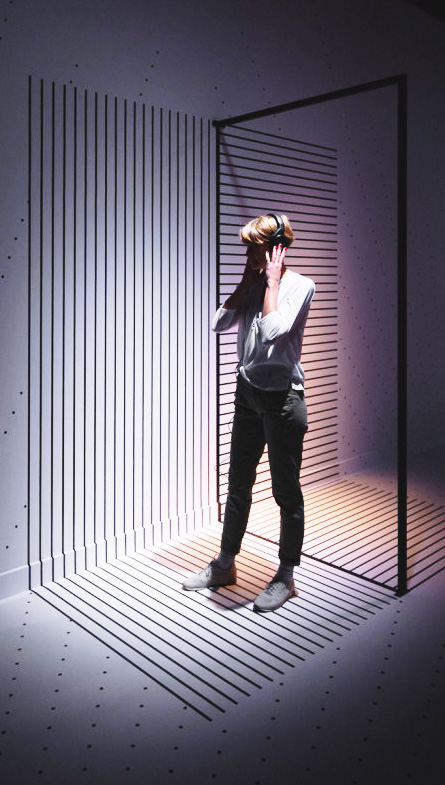
MICHAEL CLARK COMPANY
マイケル·クラーク·カンパニー
Tate Project Part I ]
The choreography rehearsed and performed in 2010 paired the rigour of classical steps with contemporary movement, a juxtaposition that paralleled Clark’s training as a ballet dancer at the Royal Ballet, and his later anti-hierarchical, anti-authoritarian choreographic experiments. Balletic poses, jumps and steps were isolated from traditional narrative sequences and made strange through repetition. The graceful leaps and turns of the trained dancers seemed awkward and uneven, just as they were often out of sync and oriented in different directions. This choreography paralleled the performance space, which was demarcated by geometric and striped floor mats designed by Charles Atlas, which resembled the large windows at the back of the hall and the black beams that extend vertically from floor to ceiling.
